There’s something about forbidden cars that makes them even more irresistible. Whether it was wild styling, unmatched performance, or just too much tech (or too little safety), these machines were kept off American roads by red tape and regulation. Some were too fast, too raw, or just didn’t fit the U.S. government’s idea of “roadworthy.” Others were never even given a chance.
But gearheads never forgot. From turbocharged legends to mid-engine unicorns, these are the 10 import cars that were banned in the U.S.—and the reasons why they stirred up so much trouble.
1. Nissan Skyline GT-R R34
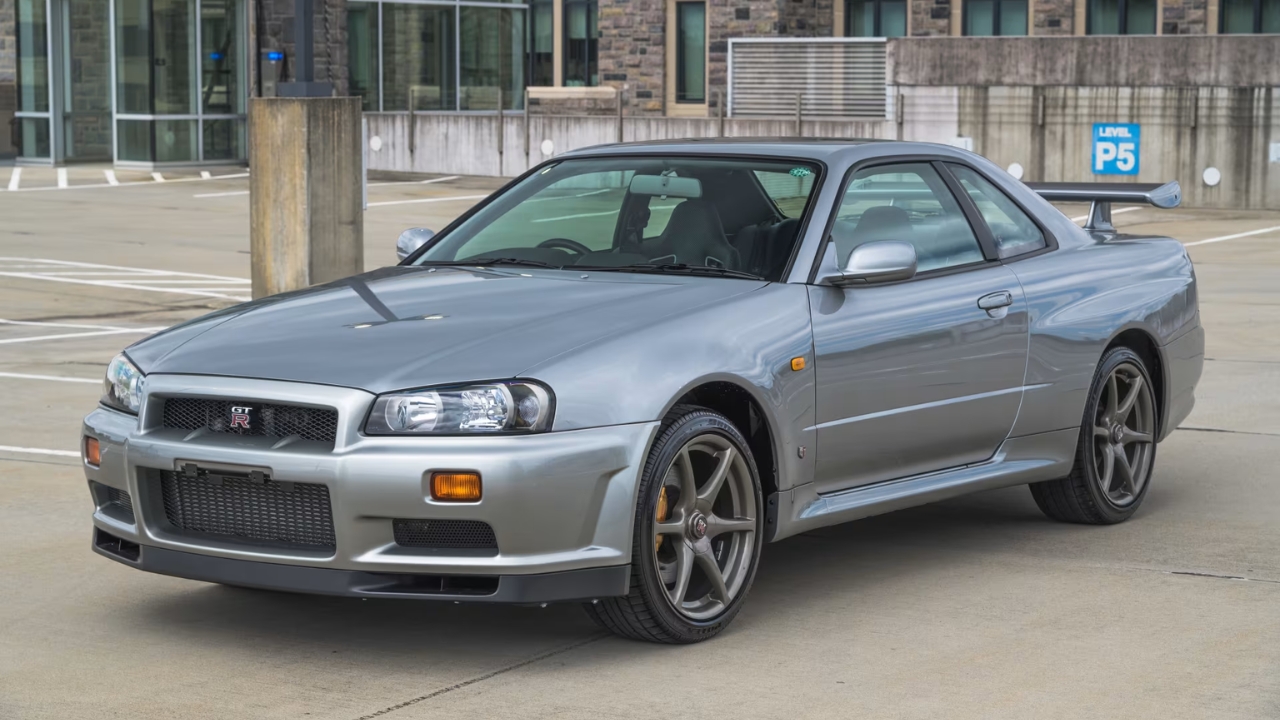
The R34 Skyline GT-R, built from 1999 to 2002, was a precision weapon from Nissan. With its 2.6L twin-turbo RB26DETT engine pushing 276 hp (wink wink—it made more), all-wheel-drive, and Super-HICAS rear steering, it handled like few cars of its time.
But U.S. safety and emissions rules kept it off American roads. A few snuck in under the “Show or Display” exemption, but most were blocked—until the 25-year import rule started lifting the ban in 2024.
2. Toyota Chaser JZX100
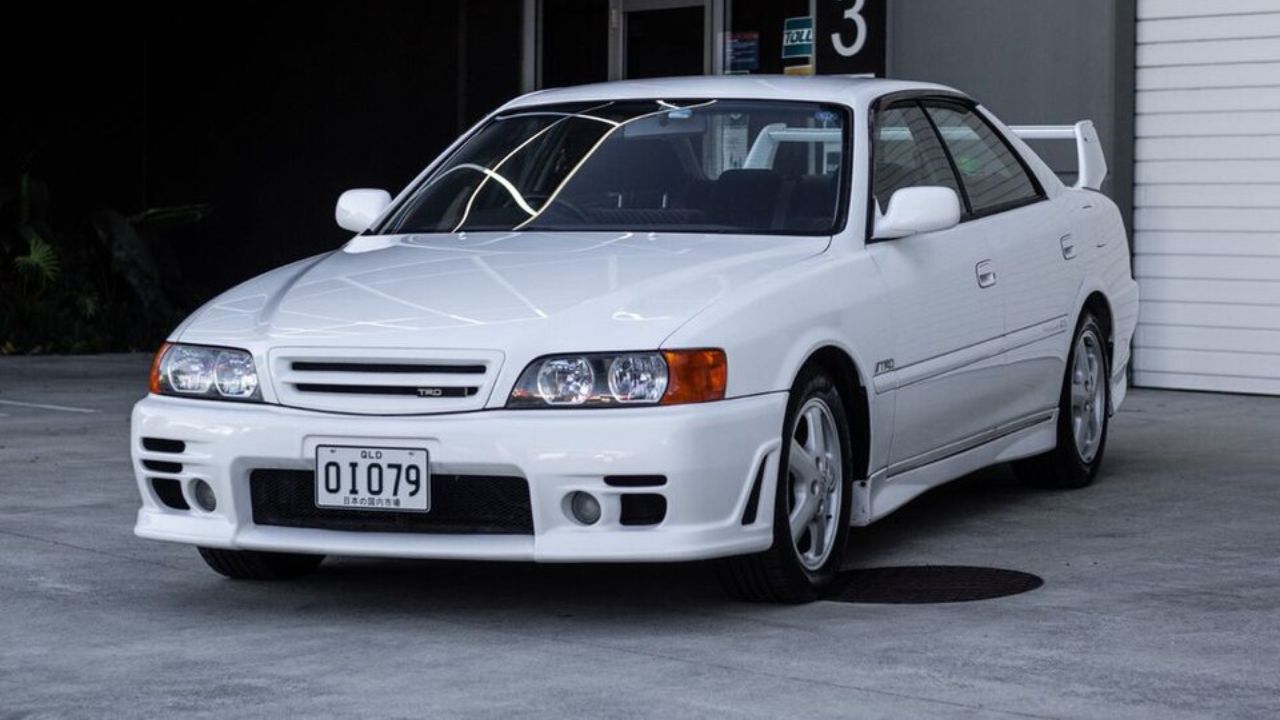
The Chaser JZX100 is like a four-door Supra in disguise. Its 1JZ-GTE turbocharged straight-six made around 276 hp, paired with rear-wheel-drive and a 5-speed manual option. It was a favorite for tuners and drifters alike.
Unfortunately, it wasn’t built to meet U.S. safety or emissions standards. For years it was off-limits—until the 25-year rule opened the door for legal imports starting in 2021 for early models.
3. Mitsubishi Lancer Evolution VI
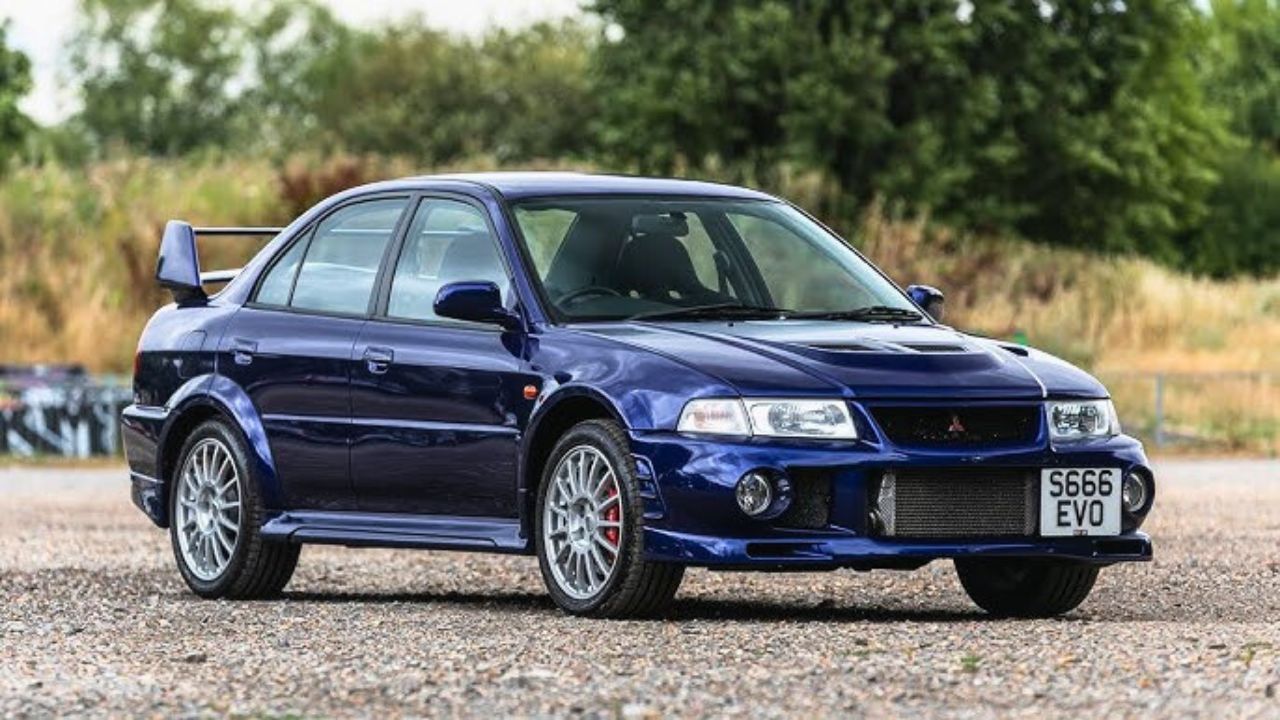
The Evo VI was a rally-bred monster packing a 2.0L turbocharged inline-four with 276 hp, all-wheel-drive, and advanced active yaw control in certain trims. It was purpose-built to dominate twisty tarmac and gravel stages alike.
But U.S. buyers had to wait until the Evo VIII hit American dealerships in 2003. The earlier Evos, including the iconic VI, were banned for not meeting U.S. crash and emissions regulations.
4. Mazda Cosmo 20B
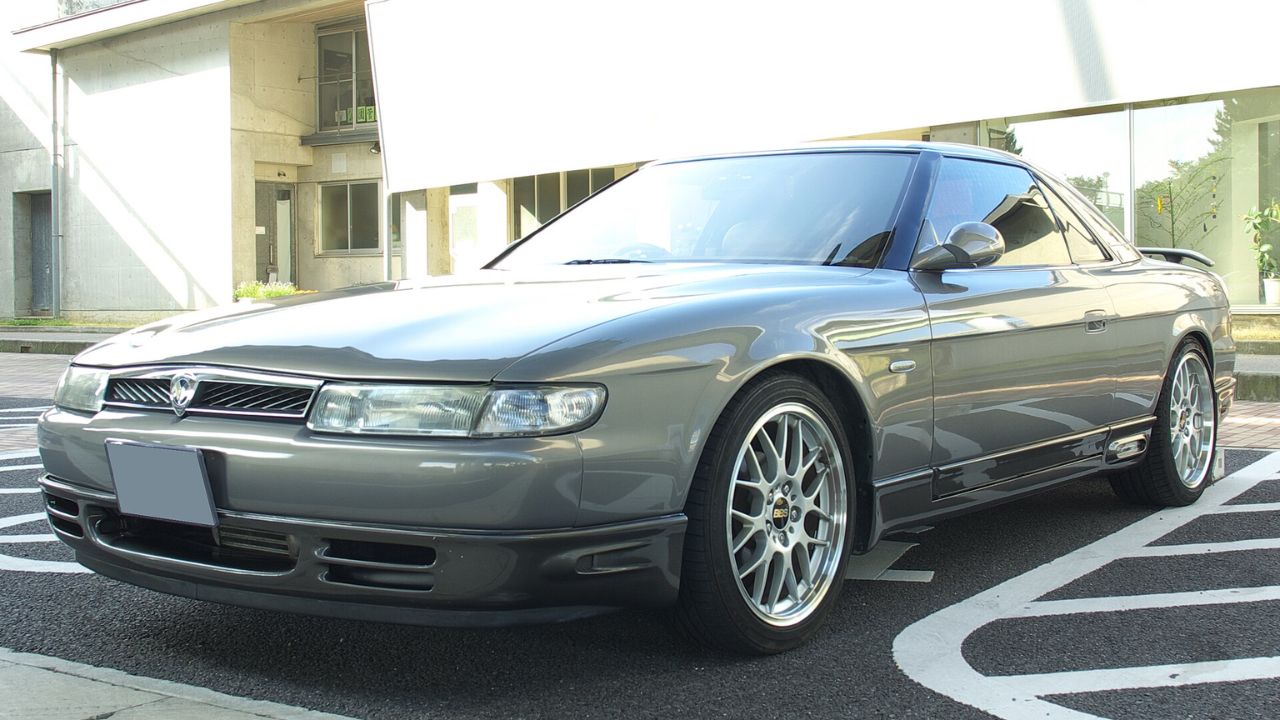
The Cosmo 20B was the first production car with a 3-rotor rotary engine—yes, three rotors. Its 2.0L 20B-REW made 276 hp and offered smooth, high-revving power. Tech like an early GPS and touchscreen made it feel futuristic.
Sadly, it never met U.S. regulations, and Mazda never bothered federalizing it. These JDM-only grand tourers were off-limits until they aged into legality under the 25-year rule.
5. TVR Sagaris
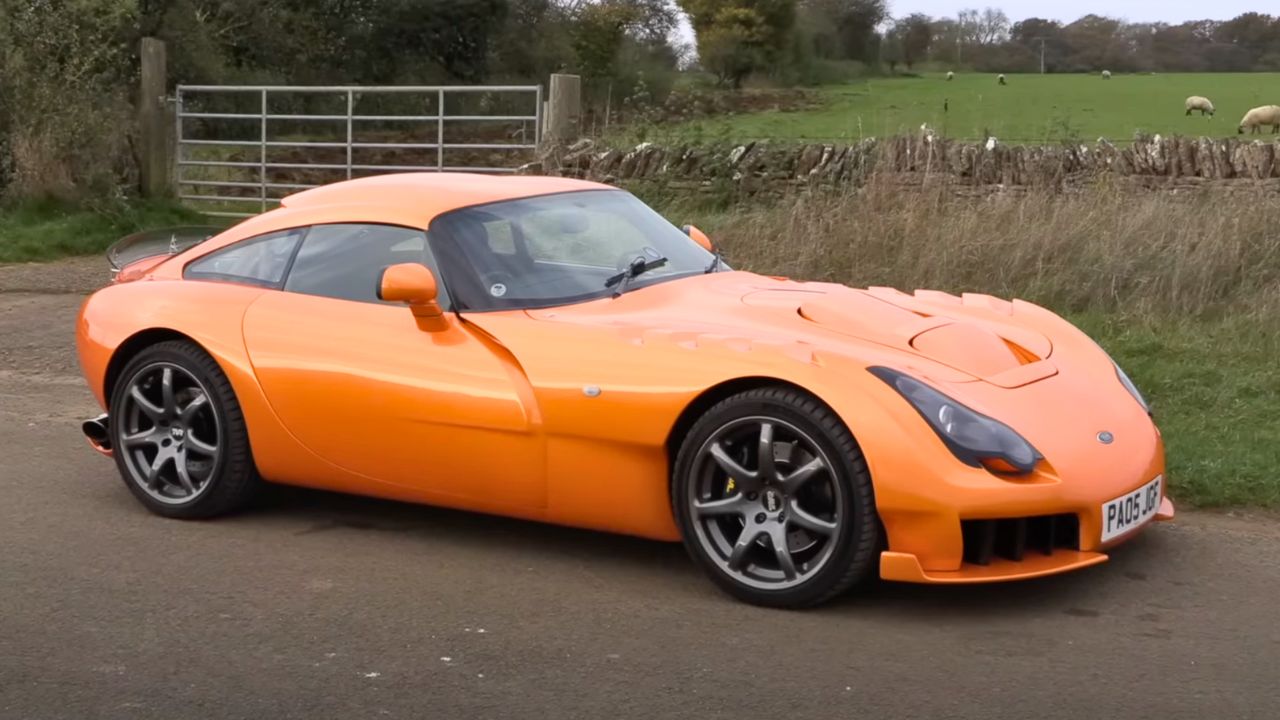
Built in the mid-2000s, the TVR Sagaris was a British brute with a 400-hp inline-six, rear-wheel drive, and zero driver aids. No ABS. No airbags. Just noise, torque, and a fiberglass body.
That recipe was a hard “no” for U.S. regulators. Without the mandated safety equipment, it couldn’t legally be imported—except under narrow “Show or Display” exemptions.
6. Peugeot 205 GTI
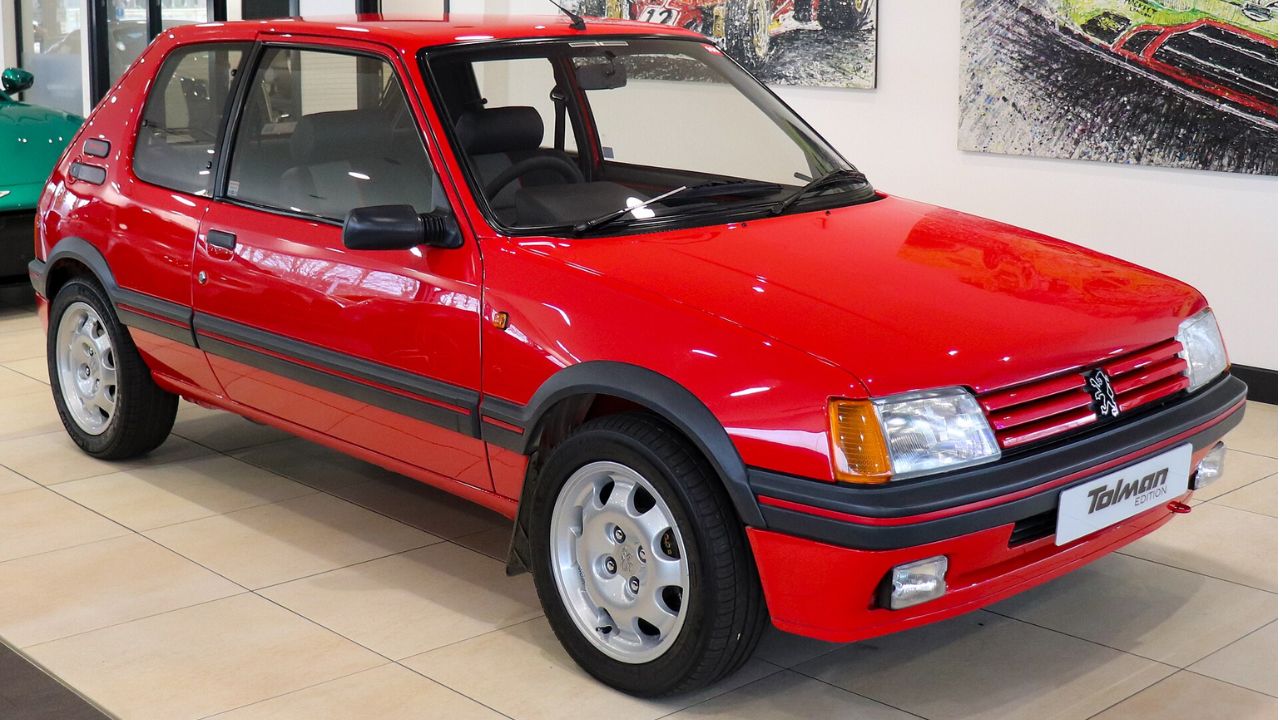
The Peugeot 205 GTI is a legend in Europe—a lightweight hot hatch with razor-sharp handling and a free-revving 1.6 or 1.9L engine. It defined the golden era of front-wheel-drive performance.
But Peugeot exited the U.S. in 1991, and the 205 GTI never made it here. Emissions and crash standards were another roadblock. It remained forbidden fruit until old enough to legally import.
7. Renault Clio V6
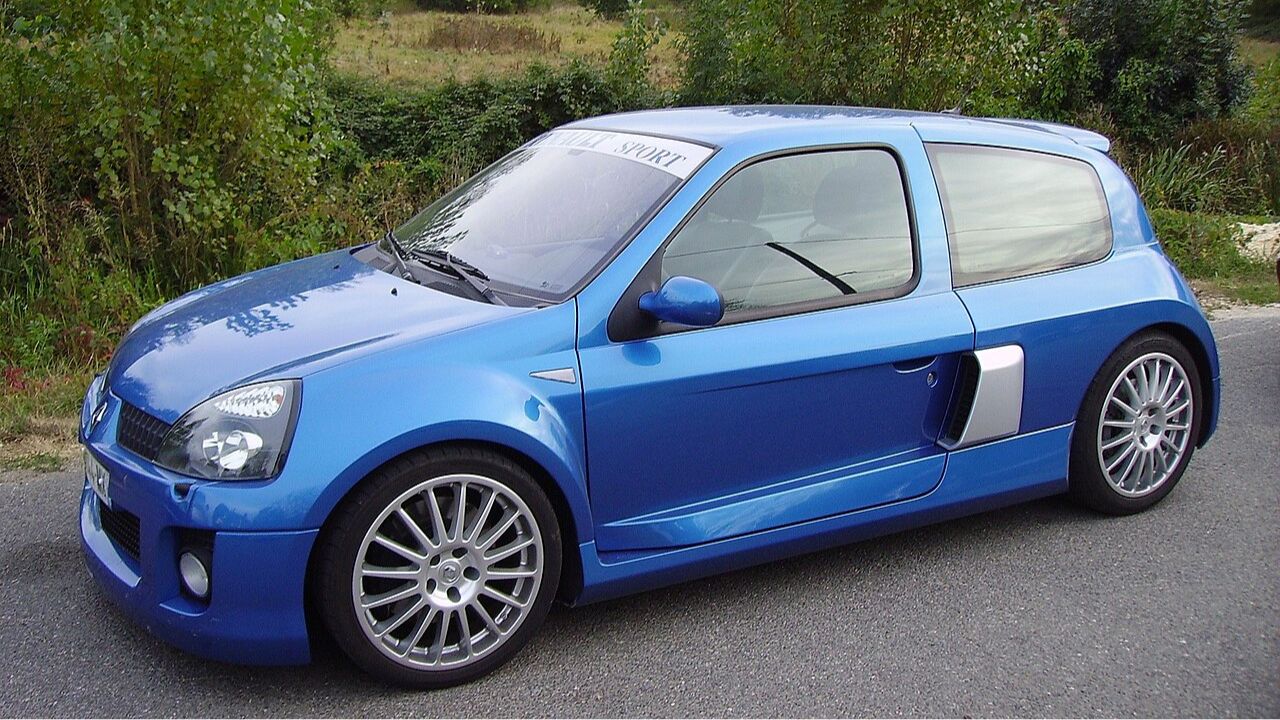
A hatchback with a mid-mounted V6? That’s the Clio V6. Renault stuffed a 3.0L V6 where the back seats should be, creating a rear-wheel-drive terror with up to 255 hp.
Its wild layout and limited production made it special—but it wasn’t U.S.-legal. With no airbags and emissions issues, it was banned for years. Only “Show or Display” exemptions or the 25-year rule could bring one in.
8. HSV Maloo
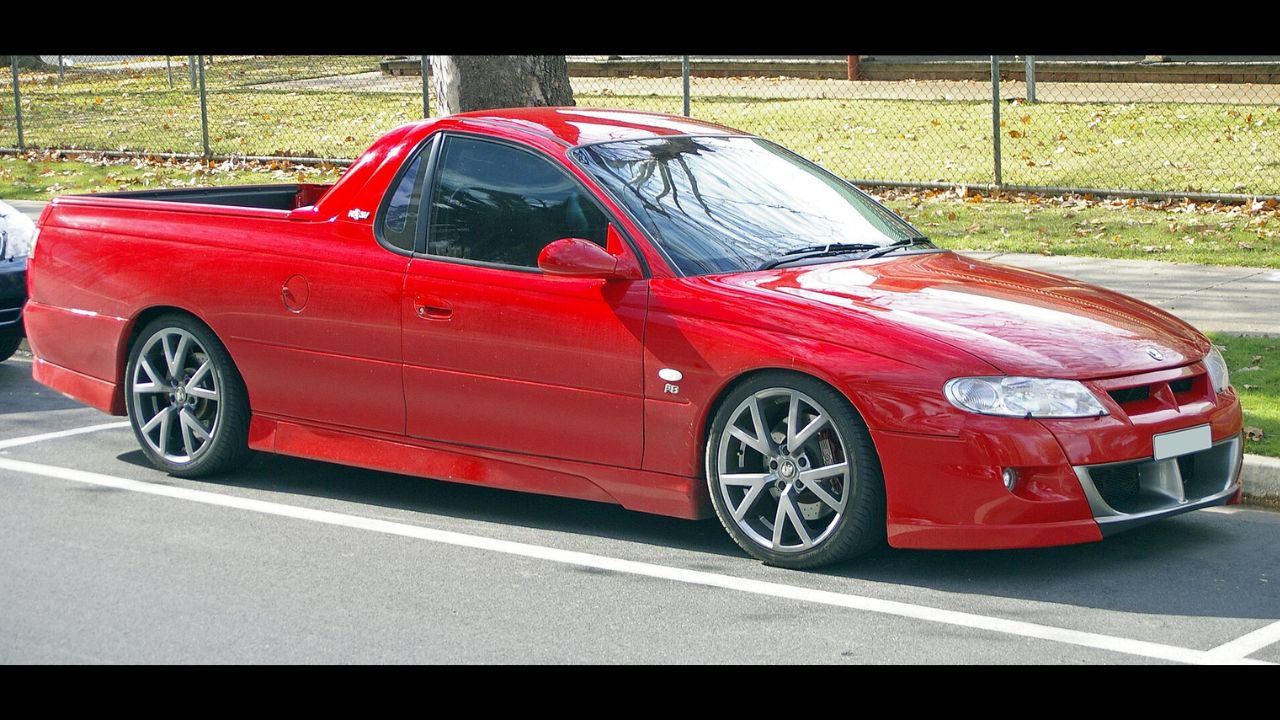
The Holden Special Vehicles Maloo was a V8-powered ute from Australia—basically a Camaro front with a pickup bed and a supercharged 6.2L LS engine under the hood. Some versions packed over 600 hp.
But it wasn’t built to U.S. crash standards, and the bed-body combo confused regulators. You couldn’t buy one new in America, and importing one meant tackling a long list of red tape.
9. Porsche 959
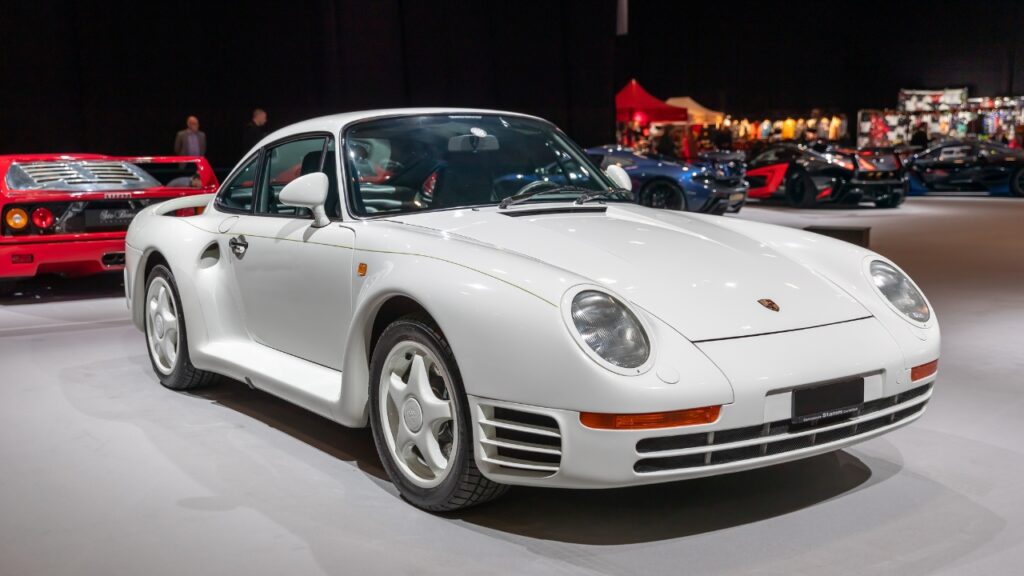
The Porsche 959 was decades ahead of its time: twin turbos, all-wheel drive, active suspension, and a 444-hp flat-six. It was the ultimate tech showcase of the ’80s and could hit 198 mph.
But Porsche didn’t homologate it for U.S. standards. That kept it out—until Bill Gates and others lobbied for the Show or Display law. Even then, only a few versions were cleared for road use.
10. Honda Civic Type R EK9
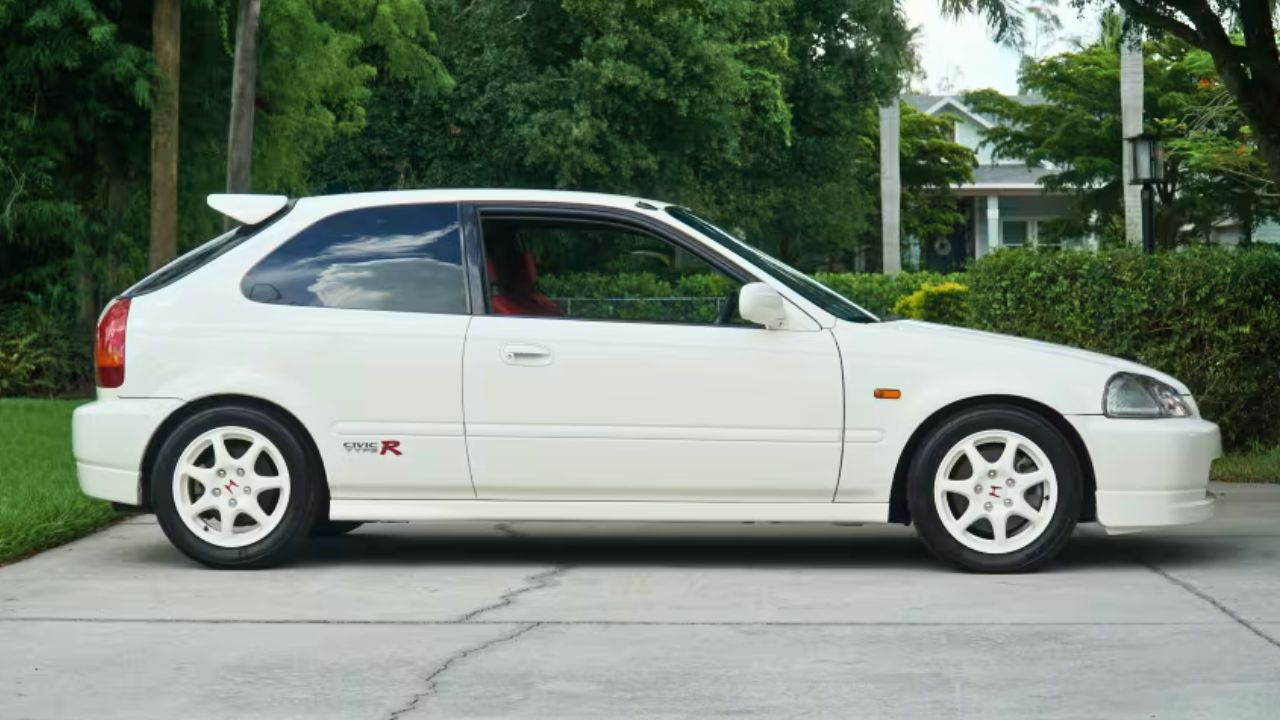
The first Civic Type R launched in 1997, packing a hand-built 1.6L VTEC engine good for 182 hp—at 8,200 rpm. It was lightweight, sharp, and stripped for performance.
But Honda never certified the EK9 for U.S. sale. Safety rules, emissions standards, and its stripped-down interior kept it out until the 25-year rule made it legal for import.
*This article was hand crafted with AI-powered tools and has been car-fully, I mean carefully, reviewed by our editors.

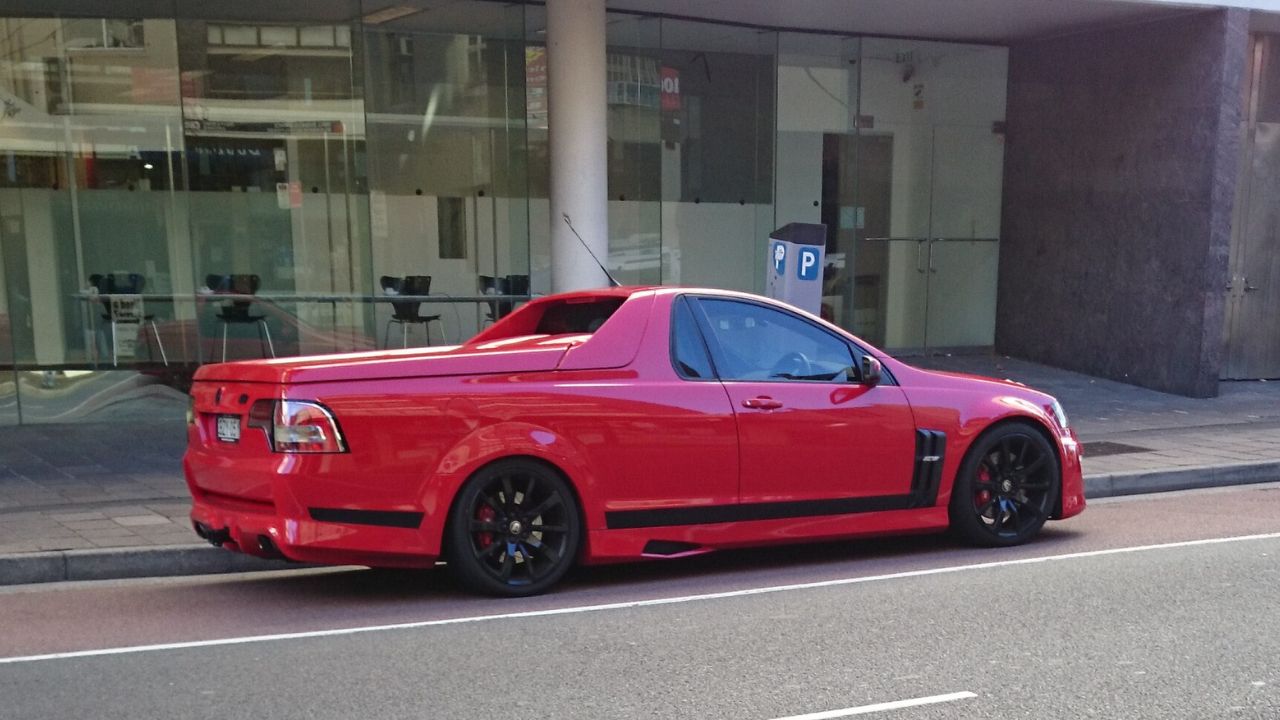

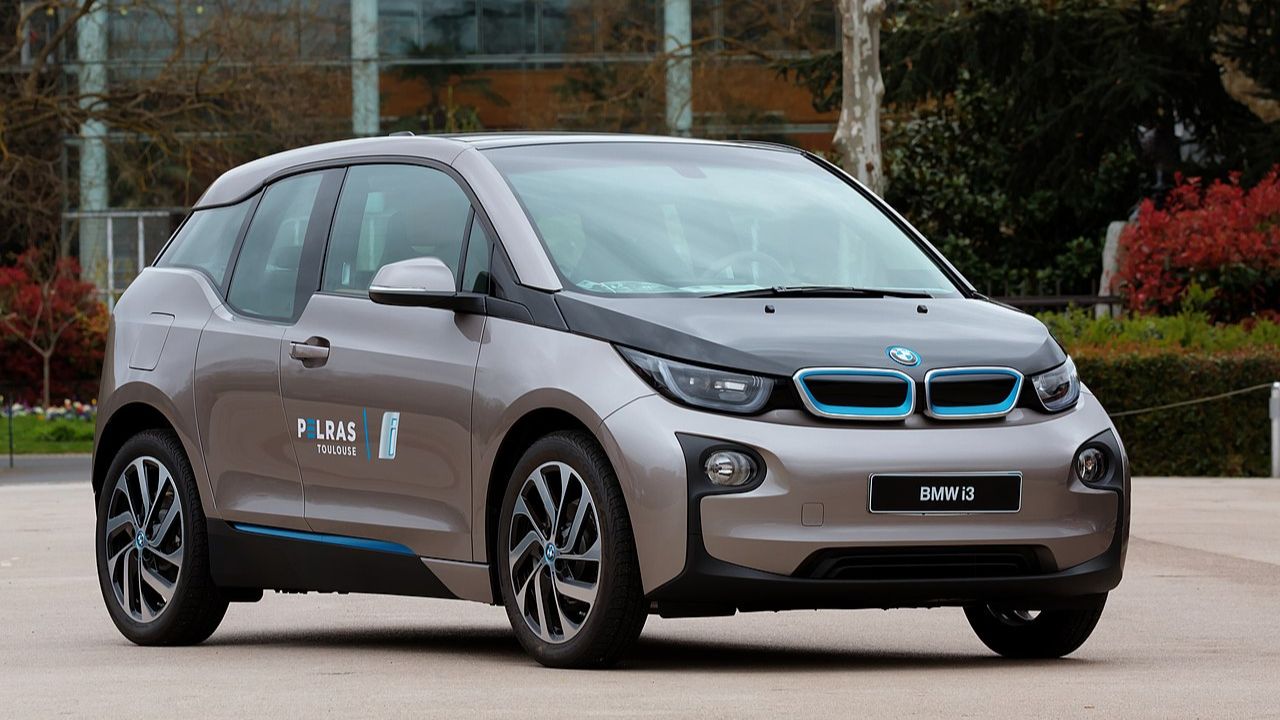
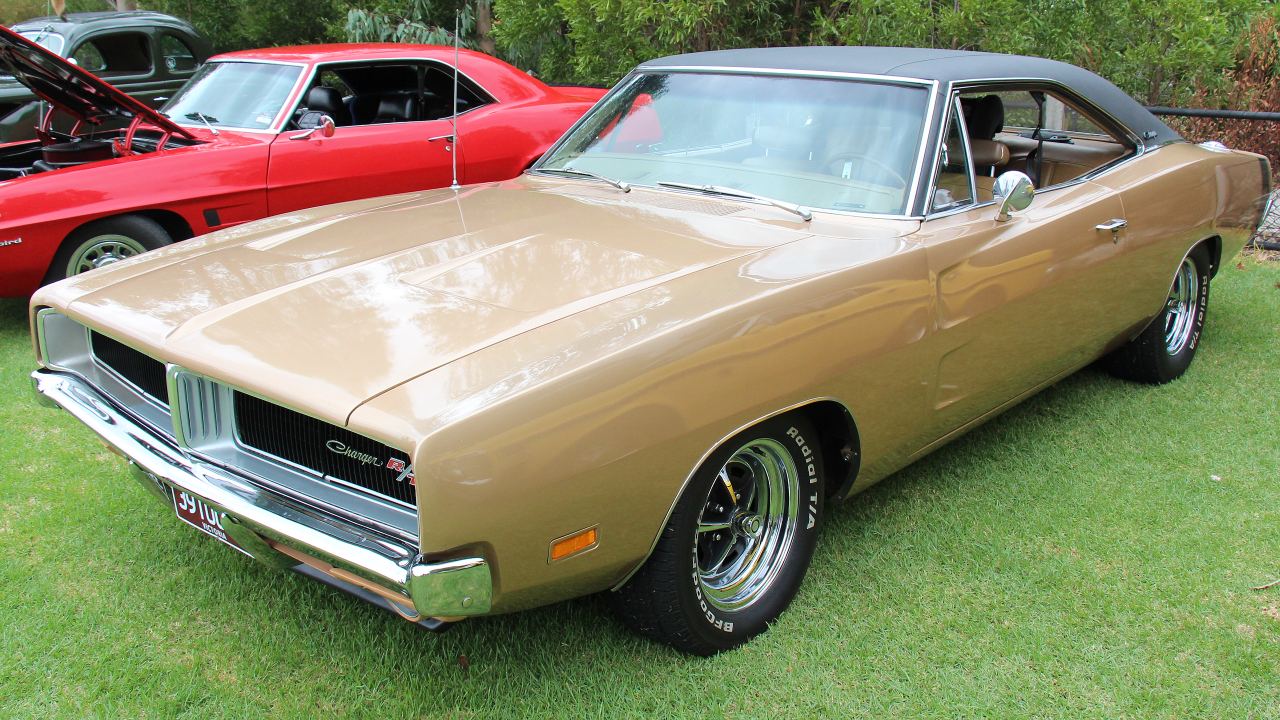
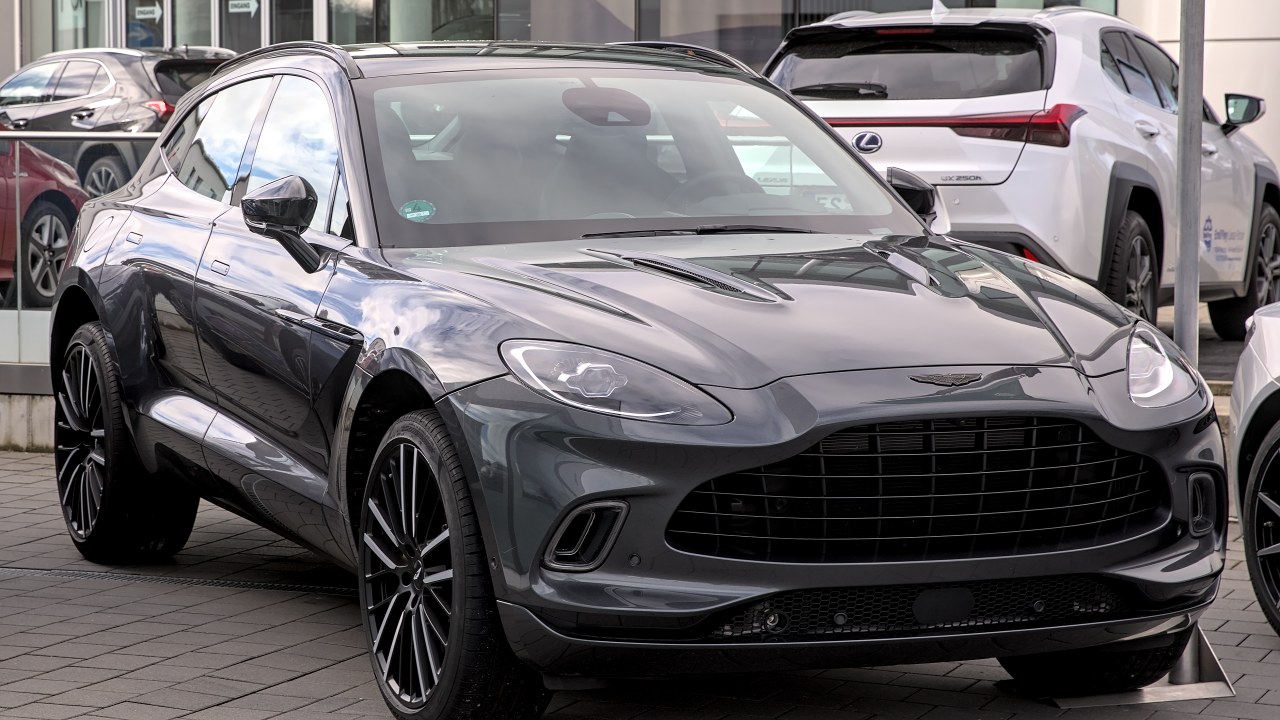
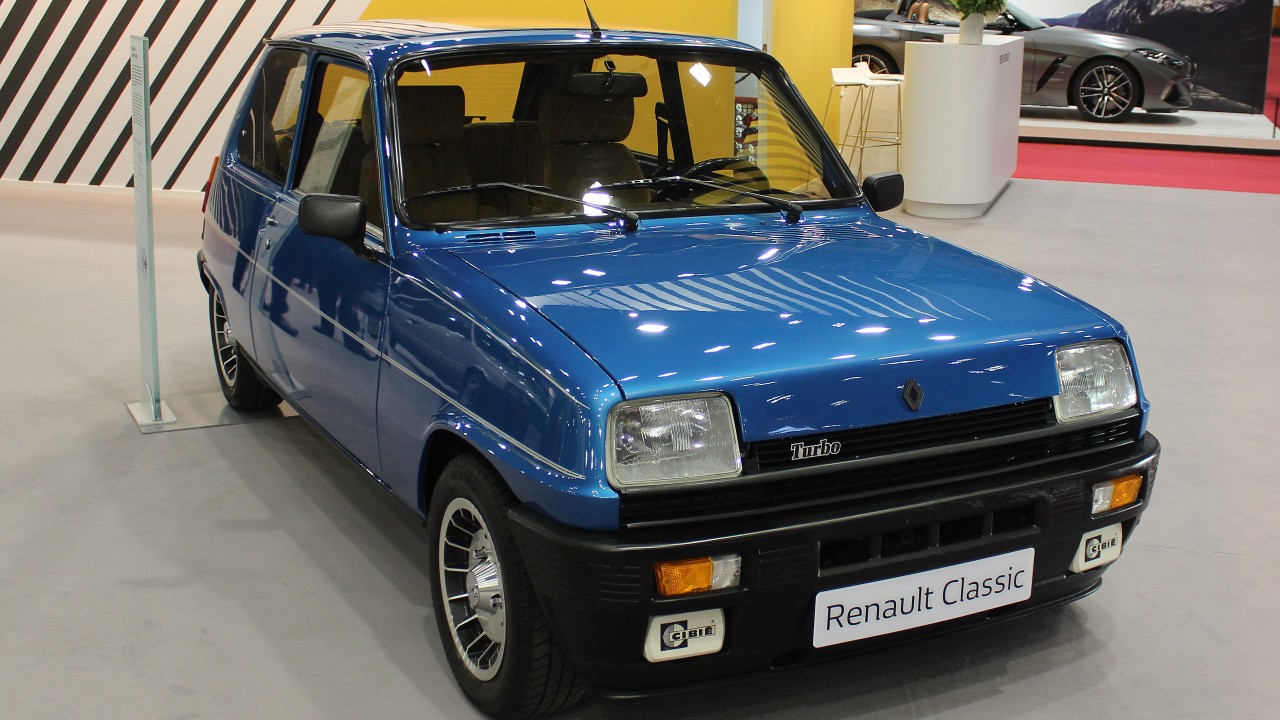
Leave a Reply